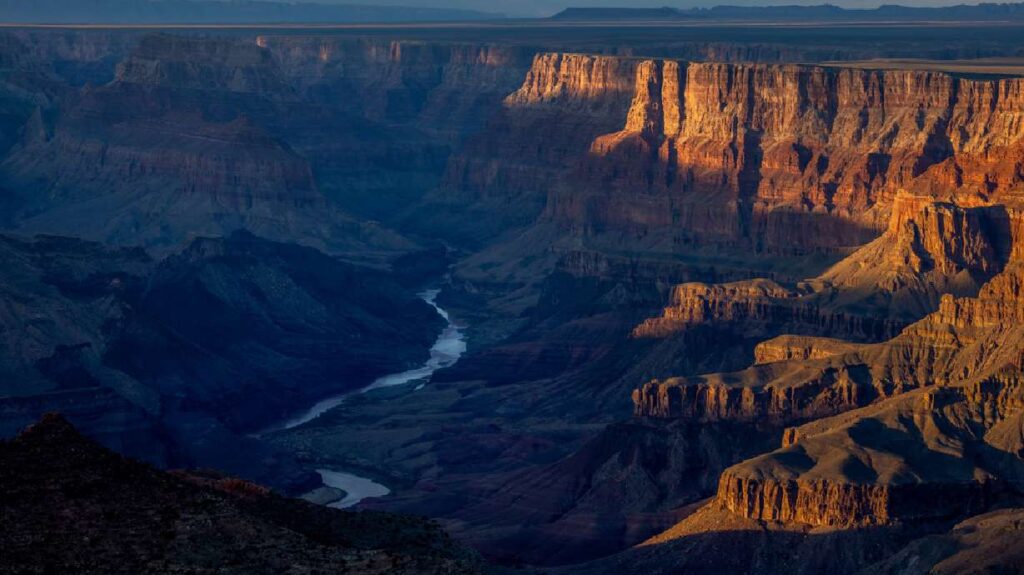The Colorado River is crucial for water supply in the western U.S., especially for Utah, where about 60% of residents benefit from it. However, drought and overuse are raising concerns among the seven states relying on the river. A recent University of Utah study highlights how dust impacts snowmelt and water predictions. Dust darkens snow, causing it to melt faster and leading to inaccuracies in water forecasts.
The study links dust to lower spring runoff and suggests that incorporating dust dynamics into water management could improve decision-making. Researchers analyzed satellite images from 2001 to 2023, finding that dust effects are strongest at elevations between 9,180 and 11,480 feet. Dust plumes often follow spring storms, accelerating snowmelt significantly.
Despite exploring the correlation between dry conditions and dust, researchers have yet to establish a direct relationship. This research is essential as states negotiate water management strategies for Lake Powell and Lake Mead, particularly in light of ongoing drought challenges since 2020. The findings aim to assist reservoir managers in better storing and utilizing snowmelt each year.
Source link


